|
A murmuration of Starlings is one of nature’s winter spectacles. Thousands come together ahead of roosting, usually in a reedbed, where they can sleep above the water in relative safety from mammal predators. These are primarily winter visitors from Russia and northeastern Europe, and soon will be starting the eastward journey to their breeding areas.
Hundreds are currently coming into RSPB Conwy at dusk, and far larger numbers in the Cefni Valley. After feeding on fields across Anglesey, last week they gathered between the A55 and Llangefni. These are, of course, native birds that have probably been making seasonal movements across Europe for millennia. But Starlings spread across North America after just 160 were released in New York’s Central Park in 1890-91. The introduction created economic and ecological problems, and the population is now estimated to number 90 million birds. A new study, led by Julia M. Zichello from the American Museum of Natural History, shows that while the bill length of Starlings in Europe has remained the same for more than two centuries, those in North America are now 8% longer than Starlings caught in Wales, but their bodies are 5% smaller. By contrast, the bills of Starlings living in New Zealand – where they were introduced in 1862 – are no different to those in Europe. The authors can’t be certain what has driven the changes, but suggest a number of possibilities. Longer bills can help birds to thermoregulate, so may be an adaptation to warmer summers in North America than Eurasia. But the most likely explanation is that Starlings in America obtain half their food from outwintered dairy cattle, seeking out flaked corn in bundles of Alfalfa hay. If individuals with longer bills have better access to corn, inherited traits have been passed on by those Starlings that are most successful. Finding food in feedlots may also mean that the bill suffers less wear than when they probe the soil. The pace of evolution illustrates the challenge of forecasting the results of introducing species beyond their native range. Sightings last week include Avocet at Flint Castle, 10 Great White Egrets at RSPB Cors Ddyga and a Mealy Redpoll at Llyn Brenig. Seven Velvet Scoters and two Surf Scoters are at Llanddulas, 40 Waxwings remain near Halkyn, 90 Whooper Swans near Llanfrothen and five Slavonian Grebes in Beddmanarch Bay. Have your say on the future of farming The RSPB Cymru/Welsh Ornithological Society seminars on the proposals for a Sustainable Farming Scheme arrive in North Wales this week, with all welcome to Wrexham on Tuesday and Caernarfon on Wednesday, and an online session on Thursday 29th. WOS President Iolo Williams has urged people who support nature-friendly farming "If you do only one thing for Welsh wildlife in 2024 . . . please do this." Full details are on the WOS website. Curlews need our help Offer your help as a volunteer to survey Curlews in the Clwydian Hills this spring, as part of the Curlew Connections Wales project designed to help the species’ recovery. The project is also seeking help in Montgomeryshire and Bannau Brycheiniog National Park. Email [email protected] for details.
0 Comments
At nine centimetres long and weighing just 5.5 grammes, little more than a 20 pence coin, it’s easy to overlook a Firecrest. But the black-and-white striped head and orange crown are striking. Firecrest is a scarce breeding species in Wales, although there could be more across Welsh forests than are found by birdwatchers each spring. It was one of the last resident species in Europe to be described in the scientific record, in 1820. Previously, it was assumed to be a variant of Goldcrest, with whom it shares the title of smallest bird in Europe.
A Firecrest at Bodffordd Sewage Treatment Works on Anglesey last week is only one of four reported in North Wales since the turn of the year. Typically around a dozen are sighted by the end of February across the region, numbers having increased during the early 2000s. In the last decade, however, only in winter 2016-17 were fewer recorded in the region. Little is known about the origin of our wintering Firecrests, or whether our small breeding population moves elsewhere. Bird-ringing suggests at least some come here from countries bordering the southern shore of the Baltic Sea, arriving via a short sea crossing from Belgium and the Netherlands. The wintering flock of Waxwings remains at Halkyn, with 75 on the Mountain last week and 21 in the village on Saturday. Another group is near Llanddulas, where two Surf and two Velvet Scoters remain offshore. Another Surf Scoter was reported off Black Rock Sands on Sunday. Great White Egrets, Cattle Egrets and Water Pipits are at RSPB Cors Ddyga, where the mild weather prompted a Bittern to crank up its booming call. A flock of Pink-footed Geese, numbering more than 500, are in the Cefni Valley, and another 3000 fed in fields east of Abergele with a single White-fronted Goose. Last week’s high tides pushed a Water Pipit close to Flint Castle, where two dozen Twite feed up ahead of their journey to a Hebridean summer. If you have joined the social media channel, BlueSky, you can find me here. The first estimate of the likely impact of Highly Pathogenic Avian Influenza (HPAI) on seabird populations in the UK shows big changes even before last year’s outbreaks. The RSPB Centre for Conservation Science compared numbers in spring 2023 to surveys at the same colonies during 2015-21. The report estimates the impact of HPAI in the 2022 breeding season and the following winter, when seabirds are in the Atlantic Ocean, some as far away as southern Africa. The biggest population changes were in species that tested positive for HPAI across multiple colonies in northwest Europe. In Wales, the most substantial effects were on Black-headed Gull, which was already on the Welsh Red-list of conservation concern having suffered huge declines between 1973 and 2000, when many inland colonies were abandoned completely. This new assessment, at three-quarters of remaining Welsh sites, showed a further 77% decline. In total, the population has fallen by around 95% in 50 years. Gannet, Common Tern and Sandwich Tern were also badly affected in Wales, as shown in the table above. Detailed monitoring by reserve wardens shows that numbers of Gannets on Grassholm, which was the fourth largest colony in the world, fell by 52% in just one year between 2022 and ’23. The number of Sandwich Terns nesting at Cemlyn, Anglesey, fell by around 50% in the same period, and of Common Terns at four colonies by 28% in just one year. It doesn’t account for the further effects of HPAI in summer 2023, when adults and chicks died at the most important gull and tern colonies in Wales. The wider effects of bird flu are evident in counts of Great Skuas migrating past Wales. The Welsh Bird Report showed that numbers in autumn 2022 were 87% below average. The following summer, the Scottish breeding population was 76% lower. Guillemots, Shags and Fulmars are starting to return to their cliff ledges, but it will be May before wardens at seabird colonies get a feel for numbers, and all will fear a repeat of last summer’s ghastly scenes of sick and dying seabirds. Even if bird ‘flu is minimal this year, recovery will be slow because it takes several years for birds to mature to breeding age. It may be the end of the decade before the full consequences are realised. RSPB Cymru is calling on Welsh Government to complete its promised Seabird Conservation Strategy and commit funding to actions that will increase resilience to other pressures in the marine environment, making them better able to face sudden shocks such as disease. Even before HPAI, the UK’s seabirds were under pressure from climate change, industrial fishing, invasive non-native animals and offshore energy infrastructure.
Winter visitors to our coast this week include two Surf and up to 12 Velvet Scoters at Llanddulas, Black-necked and Slavonian Grebes off Aber Ogwen and Borth-y-gest. In Flintshire, a flock of 150 Waxwings remains above Pentre Halkyn, 25 Twite at Flint Castle, six Snow Buntings at RSPB Point of Ayr and three at Gronant. A Ring-necked Duck and four Scaup are on Llyn Tegid, and a Dipper is already nest-building on the river at Rossett. 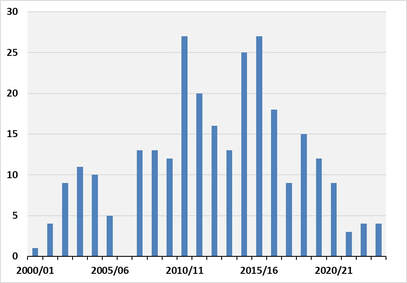 Winter records of Great Grey Shrike in Wales since 2000/01 (Welsh Ornithological Society) Winter records of Great Grey Shrike in Wales since 2000/01 (Welsh Ornithological Society) Sporadic since Christmas, Clocaenog’s Great Grey Shrike put in an appearance last week in clear-felled forestry northwest of Llyn Brenig. Smaller than a Mistle Thrush, with a longer tail, a few Great Grey Shrikes winter in Wales from their breeding areas in Finland and Scandinavia. Clearfell provides snags from which to survey open areas for small prey. In times of plenty, they store small birds and mammals on a large thorn or barbed wire, hence the shrikes’ old English name of ‘butcherbird’. Great Grey Shrikes’ winter territories in Britain have moved west since the 1980s, resulting in increased records in Wales. Numbers grew in the early 2000s and peaked last decade, with more than 25 individuals in some years. However, sightings have fallen to just three or four each winter, although there is time for more to be found this month. The reduction is evident elsewhere in Britain, as described in this Birdguides article, and it remains a major rarity in Ireland. There is no obvious reason for the historic increase or recent decline. Is it ‘short-stopping’ as evident in wintering waterbirds from the east, with birds not moving so far as the climate warms, or are Great Grey Shrike breeding populations falling in northeastern Europe, as elsewhere on the continent? Waxwings continue to draw admirers to Pentre Halkyn, with 180 birds on Saturday. Other weekend sightings include overwintering Long-tailed Ducks on Llyn Maelog and two off Benllech, Hooded Crow at RSPB South Stack, and the Snow Goose of unknown origin at Llay. A Slavonian Grebe is off Rhos Point, Cattle Egret and Great White Egrets at RSPB Cors Ddyga, and 300 Pink-footed Geese flew up the Cefni valley on Sunday. In Cardigan Bay, three Long-tailed Ducks were off Criccieth and five off Black Rock, and two Black-necked Grebes at Borth y Gest. A Glossy Ibis has again been at Pwllhelli and Abererch. Three ways to help birds this week:
|
Bird notesA weekly update of bird sightings and news from North Wales, published in The Daily Post every Thursday. Archives
July 2024
Categories |
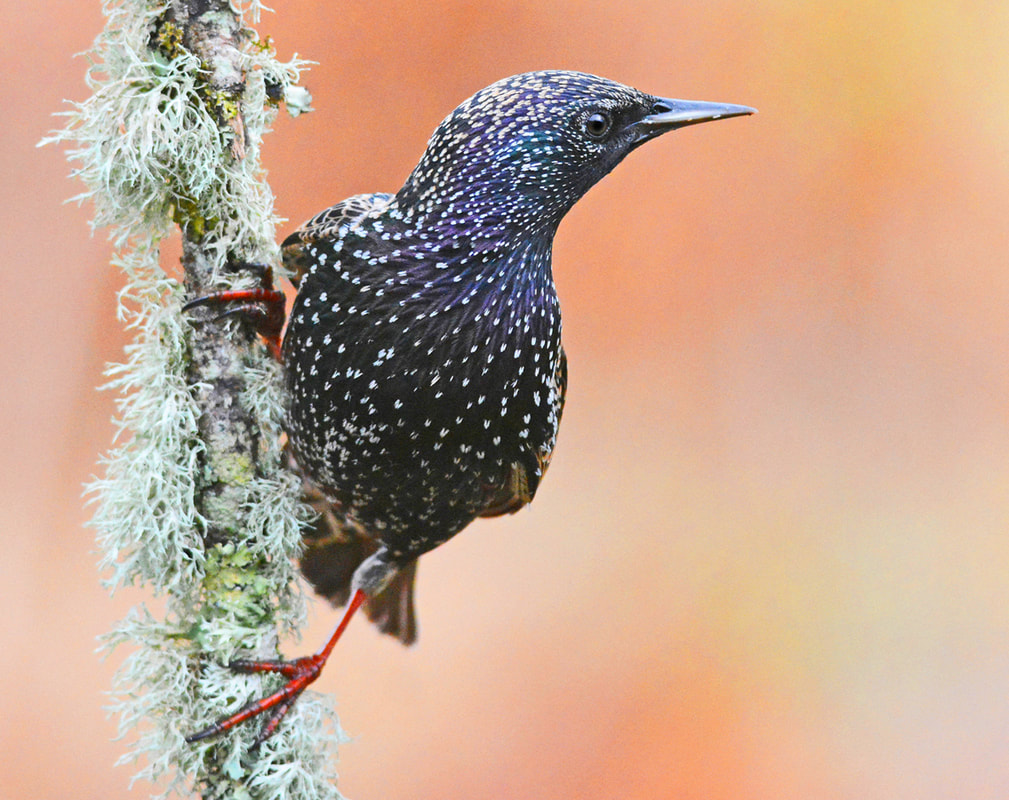
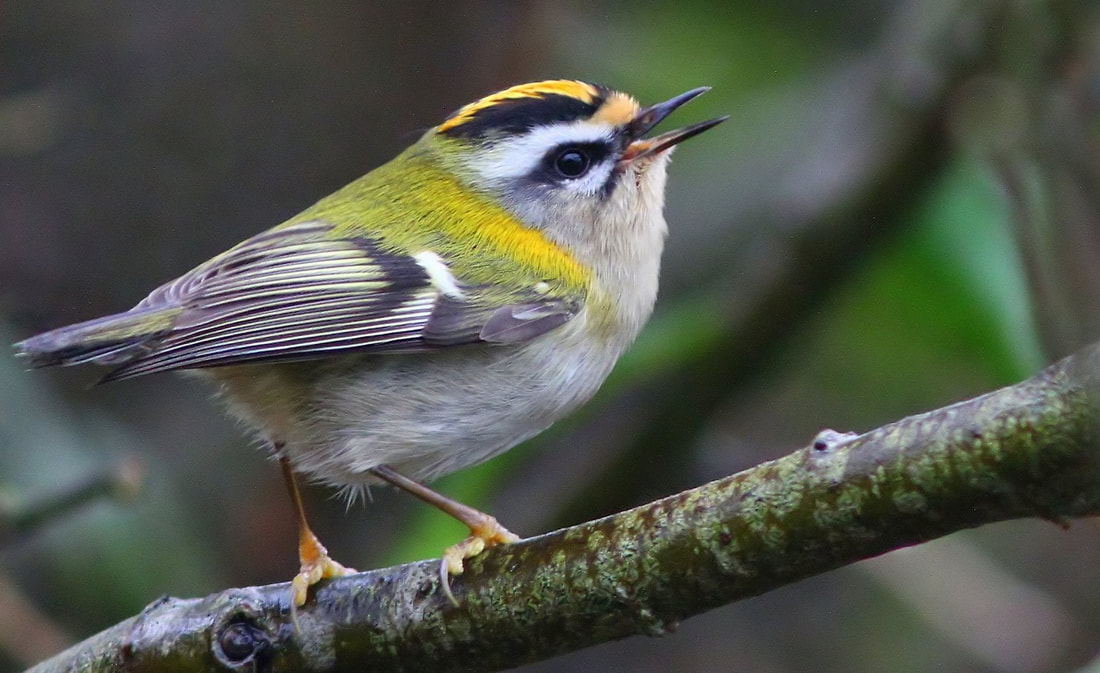
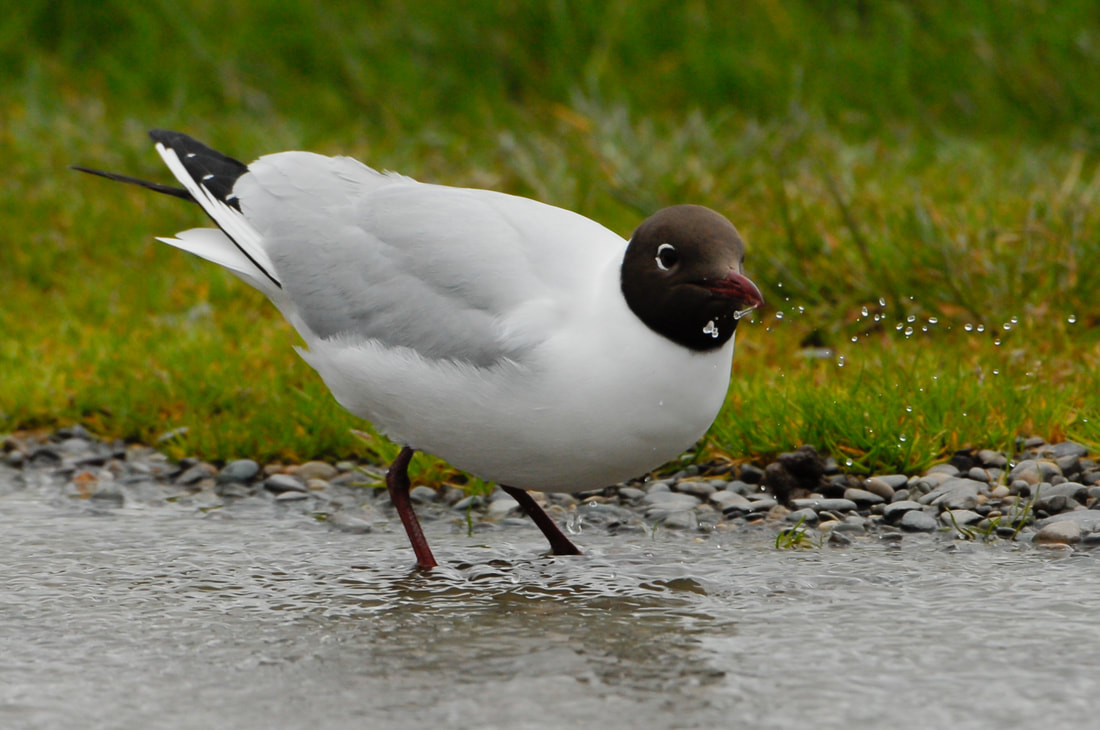
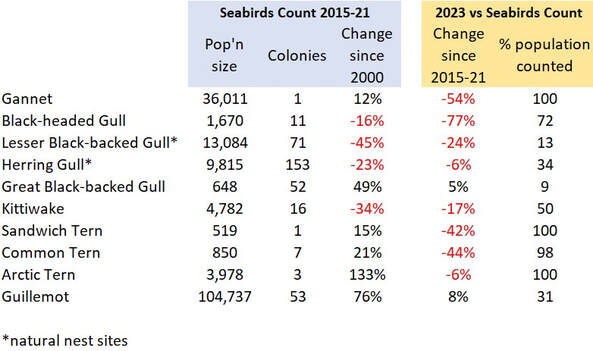
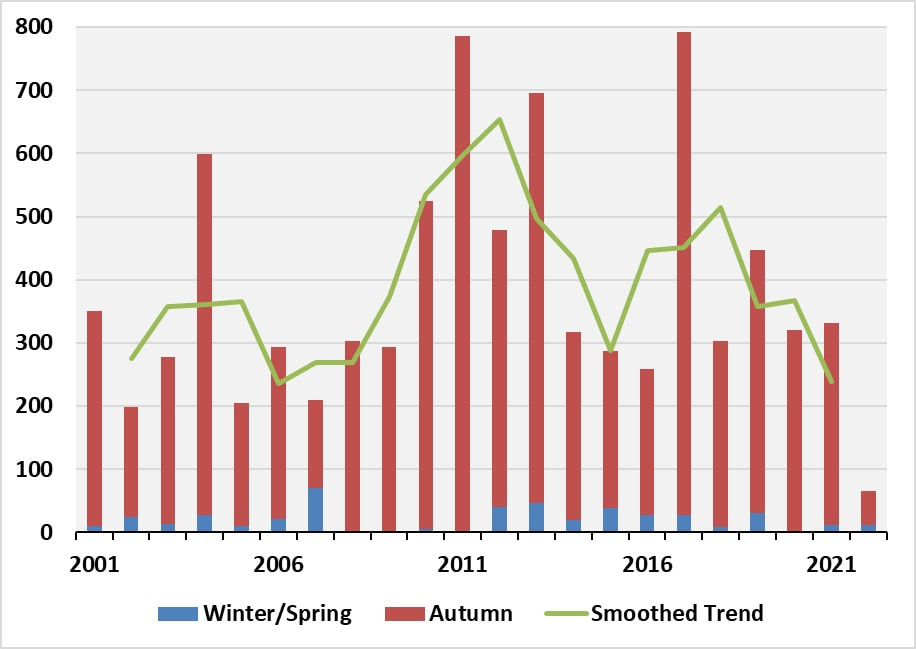
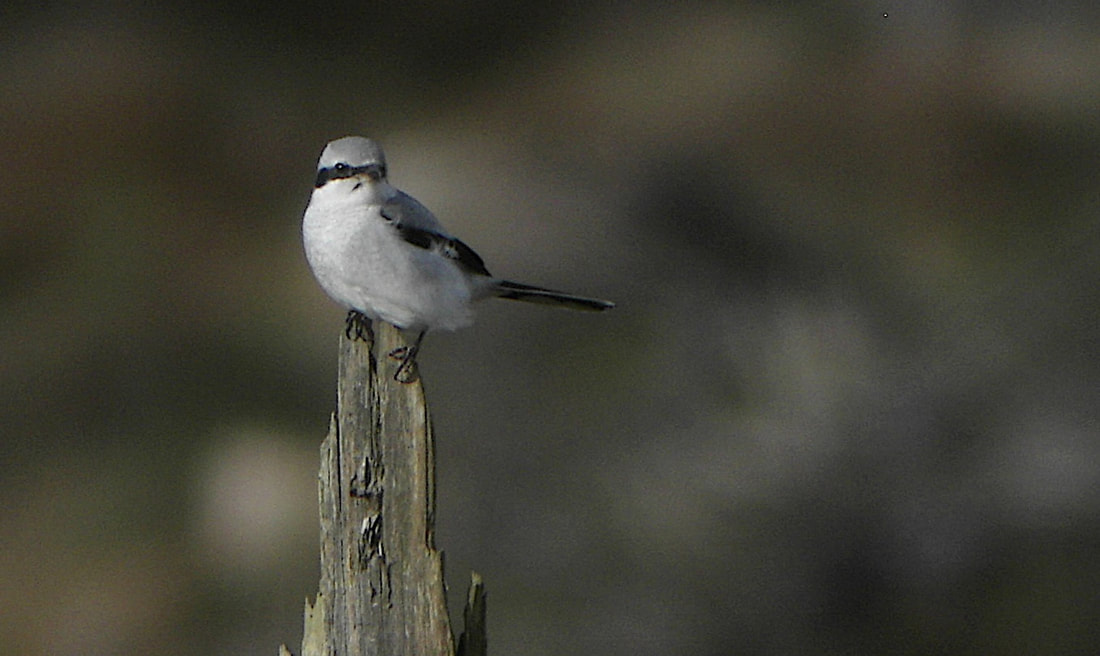
 RSS Feed
RSS Feed
